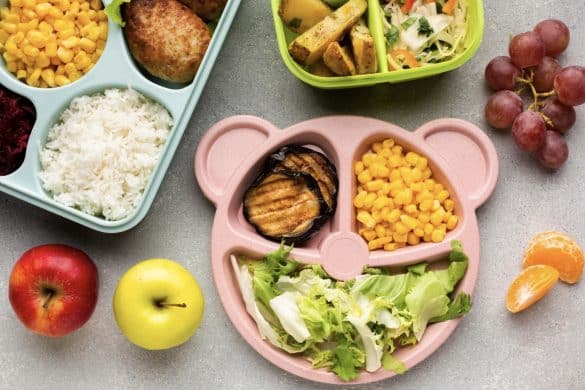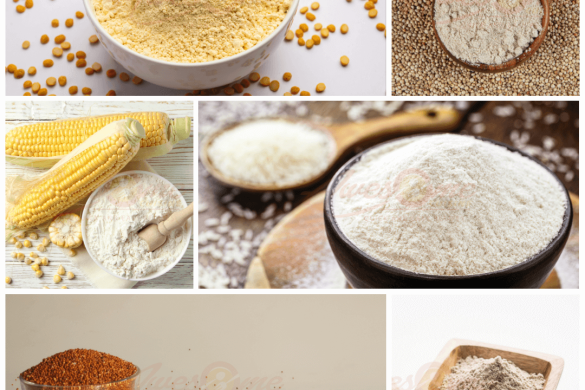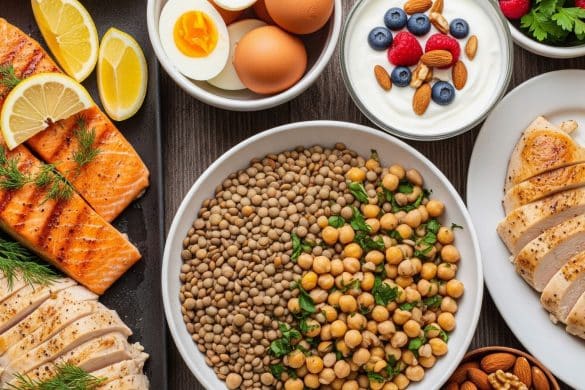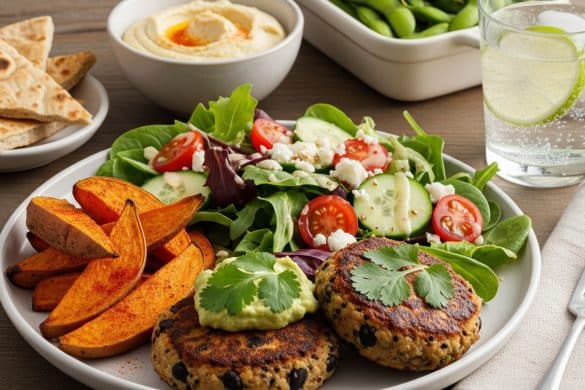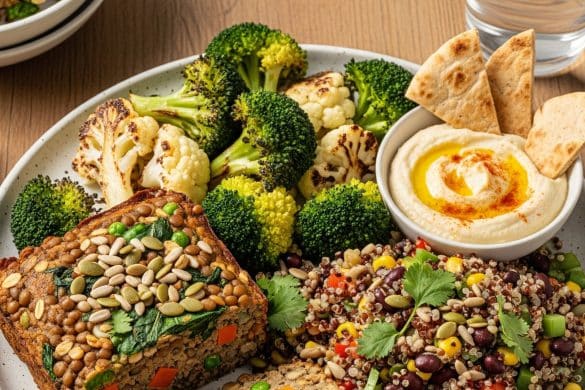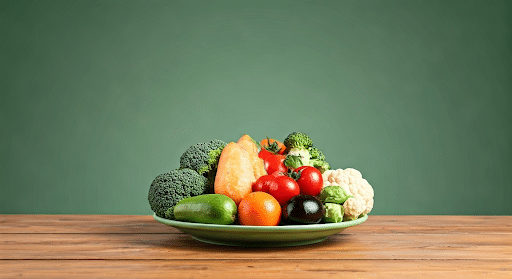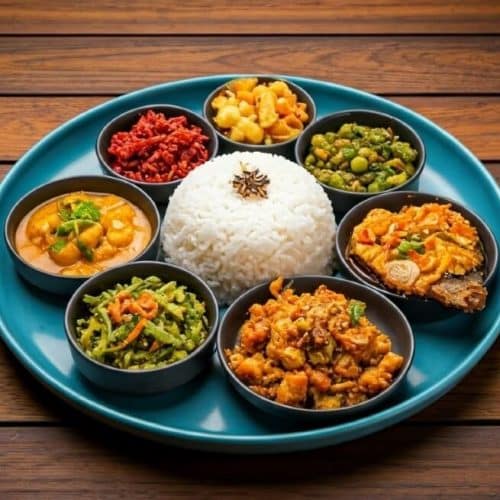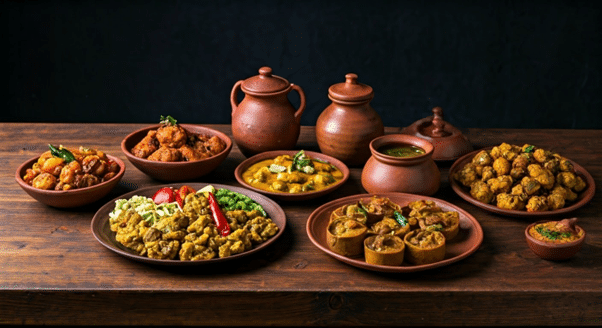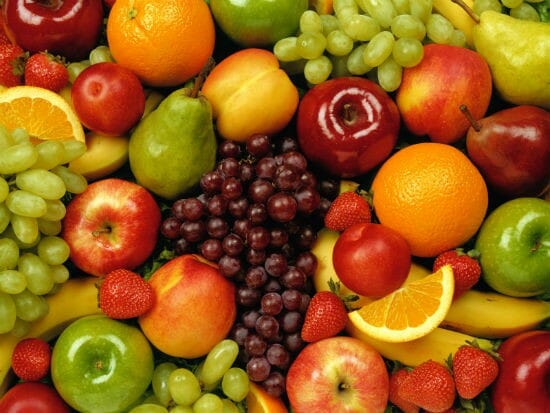Key Highlights
- It is important to add rich foods with fibre to your kids’ diet. This can help with healthy digestion and stop constipation.
- You need to know how much fibre your child should get. The grams of fibre needed are not the same for every age group.
- A lot of things that kids eat, like apples, bananas, oatmeal, and whole-wheat pasta, have plenty of grams of fibre.
- A simple way to raise fibre intake is to swap out white rice for brown rice.
- If you want to increase fibre for your child, do this slowly and make sure they get lots of water. This can help keep their stomach from feeling bad.
- Giving them servings of fruits and vegetables often is a good way to help them get their daily fibre.
Are you trying to find ways to give your child better nutrition? Getting enough dietary fibre is very important for the diet, but it can feel hard, not just for picky eaters.
Fibre is key to keeping their bodies working well. It helps with their digestion, stops painful constipation, and helps control blood sugar. The best part is that you can use many food choices that are tasty and loved by kids.
This guide will help you see the best fibre-rich foods and teach you simple ways to add them to your family meals for good nutrition and control blood sugar.
How Much Fibre Does Your Child Need?
To make things easy, here is a simple look at the daily amount of fibre children should have. Keeping these numbers in mind helps you give your child meals and snacks that match the right amount of fibre they need for their age.
| Age Group | Recommended Daily Fibre Intake (grams/day) |
| 1-3 years | 14 grams |
| 4-8 years | 16.8 – 19.6 grams |
| 9-13 years | 22.4 – 25.2 grams |
| 14-18 years | 25.2 – 30.8 grams |
What Are 15 Fiber Foods For Kids?
Getting enough fibre into your child’s diet doesn’t have to feel like a daily battle. These 15 fibre-rich foods are not only nutritious but also kid-approved, making it easier for busy parents to ensure their little ones get the nutrients they need for healthy growth and digestion.
1. Whole Wheat Paratha
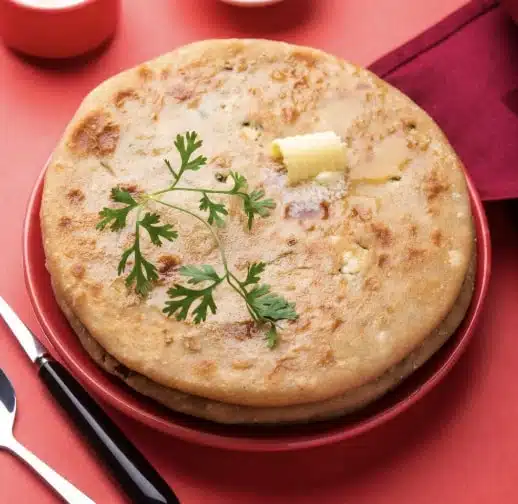
whole wheat paratha on a plate
Making the switch from white flour to whole wheat flour is one of the simplest ways to boost your child’s fibre intake. Many Indian families already make parathas regularly, so this swap feels natural and familiar.
Parathas pair perfectly with dal, vegetables, or yoghurt, making them a familiar, fibr-rich option that fits seamlessly into daily Indian meals
2. Chia and Flax Pudding
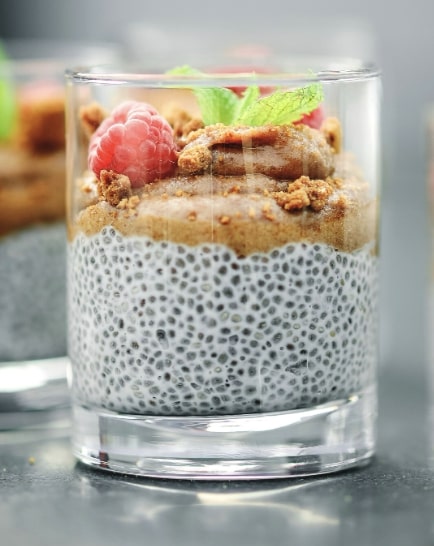
chia and flax pudding in a glass
This pudding tastes like dessert but provides immense nutrition. It’s perfect for parents looking for healthy treats that kids actually want to eat.
One serving of chia pudding delivers nearly 6 grams of fibre, along with omega-3 fatty acids and protein to keep kids satisfied.
The gel-like texture makes it fun for kids, and you can prepare it in minutes the night before for a no-fuss treat.
Customise with toppings like berries, nuts, or cinnamon, and serve as breakfast, an after-school snack, or even a healthier dessert.
3. Green Peas
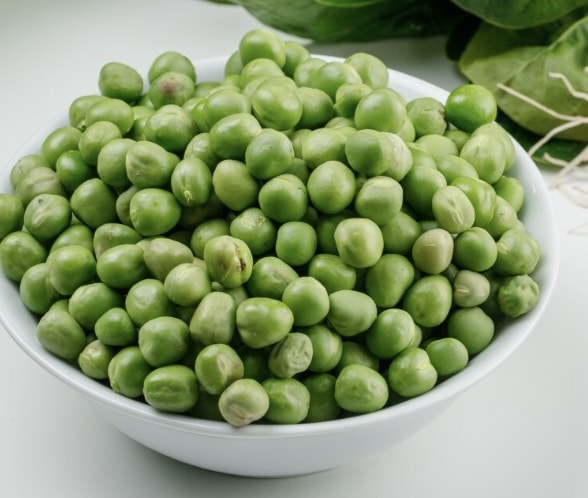
Screenshot
Don’t underestimate these small, sweet vegetables that most kids actually enjoy eating. Their natural sweetness and fun shape make them an easy sell for even picky eaters.
Half a cup of green peas provides about 4 grams of fibre, along with vitamins A, K, and B6 for overall health.
Their natural sweetness and fun shape appeal to picky eaters, and frozen peas are just as nutritious and convenient as fresh.
They’re versatile, and you can also just add them to soups, pastas, rice, or blend them into creamy soups for veggie-resistant kids.
4. Apples (with skin)
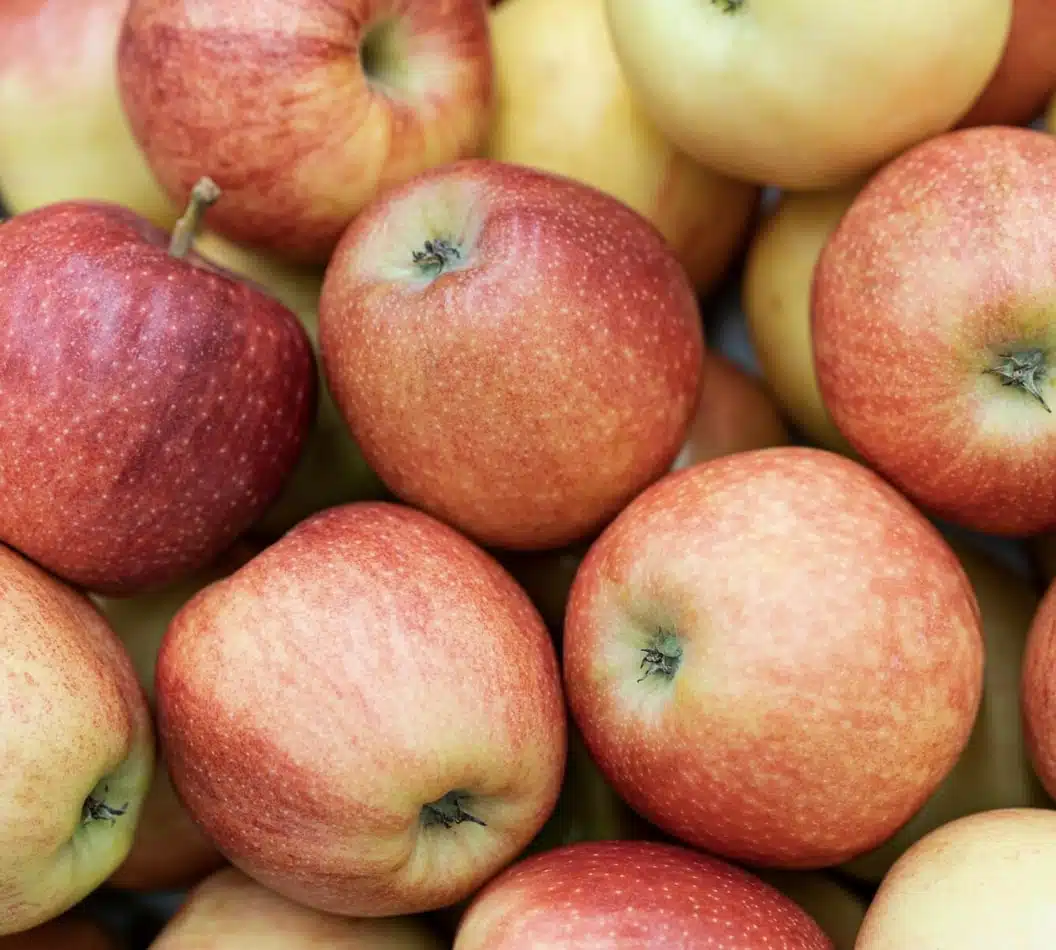
a bunch of apples with skin
The old saying “an apple a day” rings especially true when it comes to fibre. The key is keeping that nutrient-rich skin on.
A medium apple with skin contains 4.5 grams of fibre, most of it from the skin, which aids healthy digestion. Apples also contain pectin, a soluble fibre that helps regulate blood sugar and supports gut health.
They’re portable, affordable, and pair perfectly with peanut butter for a protein-boosting snack.
5. Bananas
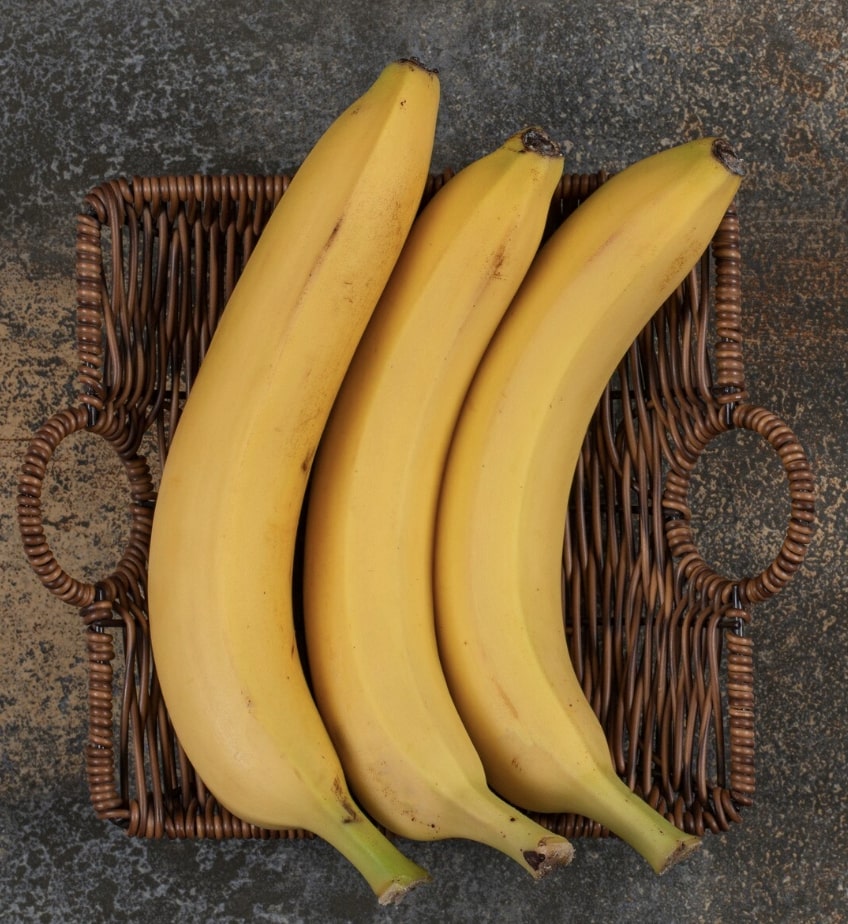
bananas on a wicker plate
These naturally sweet, portable fruits are perfect for busy families and hungry kids on the go.
A medium banana has about 3 grams of fibre, plus potassium and vitamin C for energy and immunity.
Soft, naturally sweet, and versatile, bananas work well mashed for toddlers, sliced for snacks, or blended into smoothies. They also freeze beautifully, creating ice-cream-like treats that kids enjoy.
6. Seeds
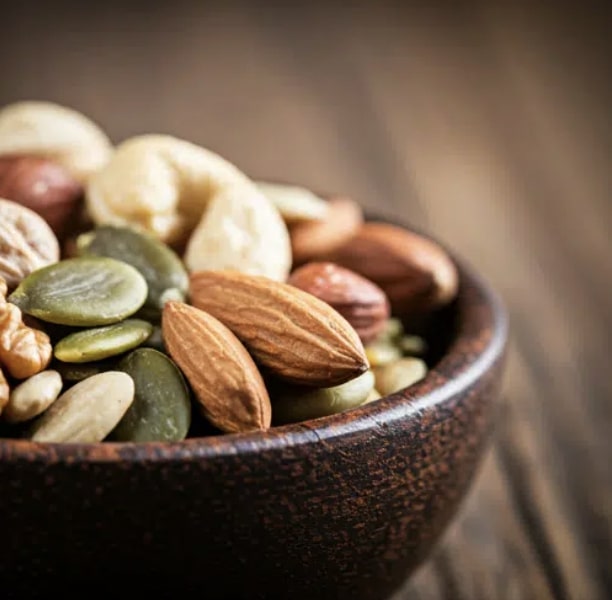
pumpkin seeds in a bowl
These tiny nutritional powerhouses pack an impressive fibre punch that’s easy to sneak into foods kids already love.
Two tablespoons of seeds like chia or flax deliver 10 grams of fibre, plus omega-3 fatty acids and protein. Their mild flavour makes them easy to sneak into oatmeal, yoghurt, smoothies, or even baked goods without kids noticing.
They naturally help kids feel full between meals.
7. Guava
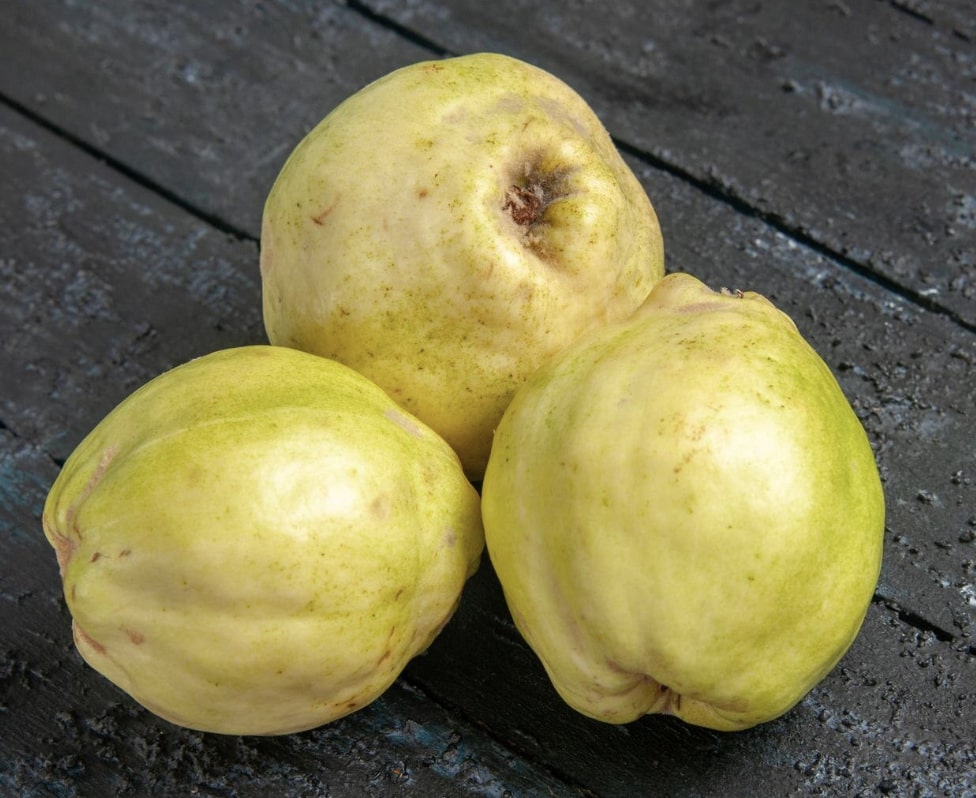
Guavas on a table
One guava provides several grams of fibre and more vitamin C than an orange, helping prevent constipation and boosting immunity. Its unique tropical sweetness introduces kids to new flavours and keeps snacking exciting. Serve fresh, blend into smoothies, or turn into juice for variety.
8. Carrots
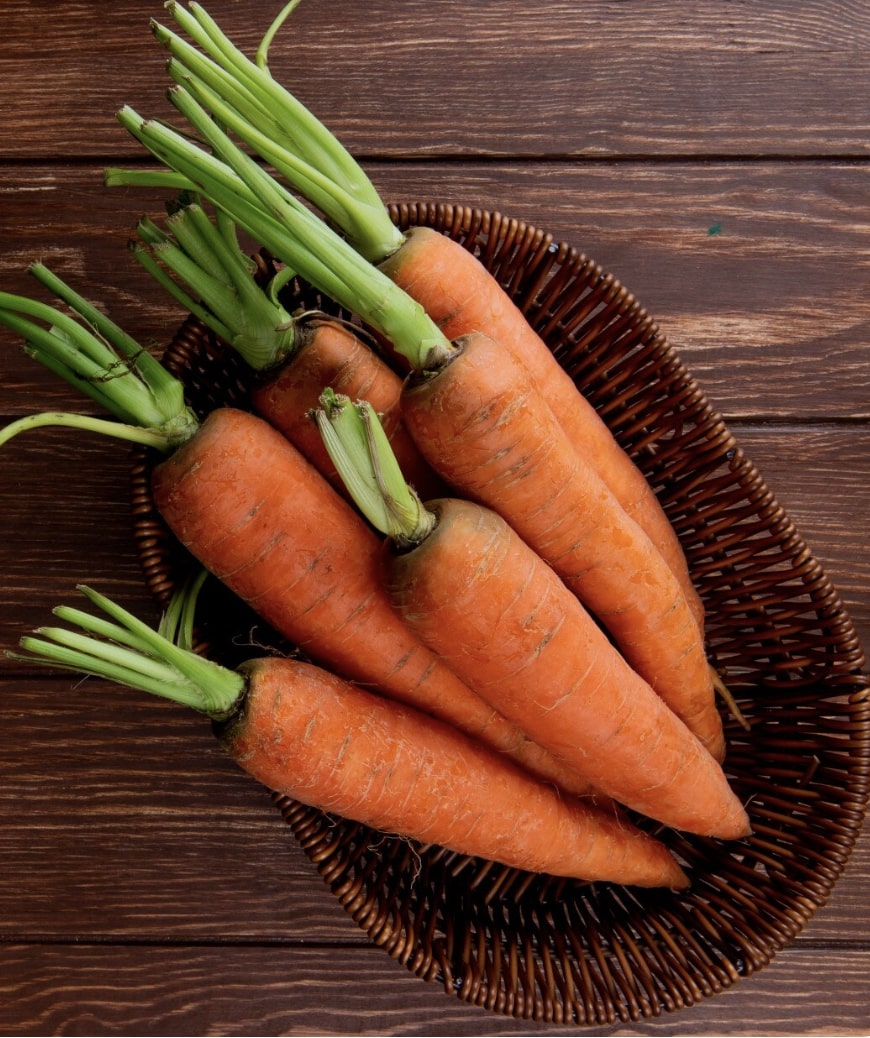
carrots in a basket
A half-cup of carrots delivers nearly 3 grams of fibre and is high in beta-carotene, which supports eye health. Their crunch and natural sweetness make them a great raw snack, especially with dips. You can also hide grated carrots in sauces, muffins, or pancakes.
9. Sweet Corn
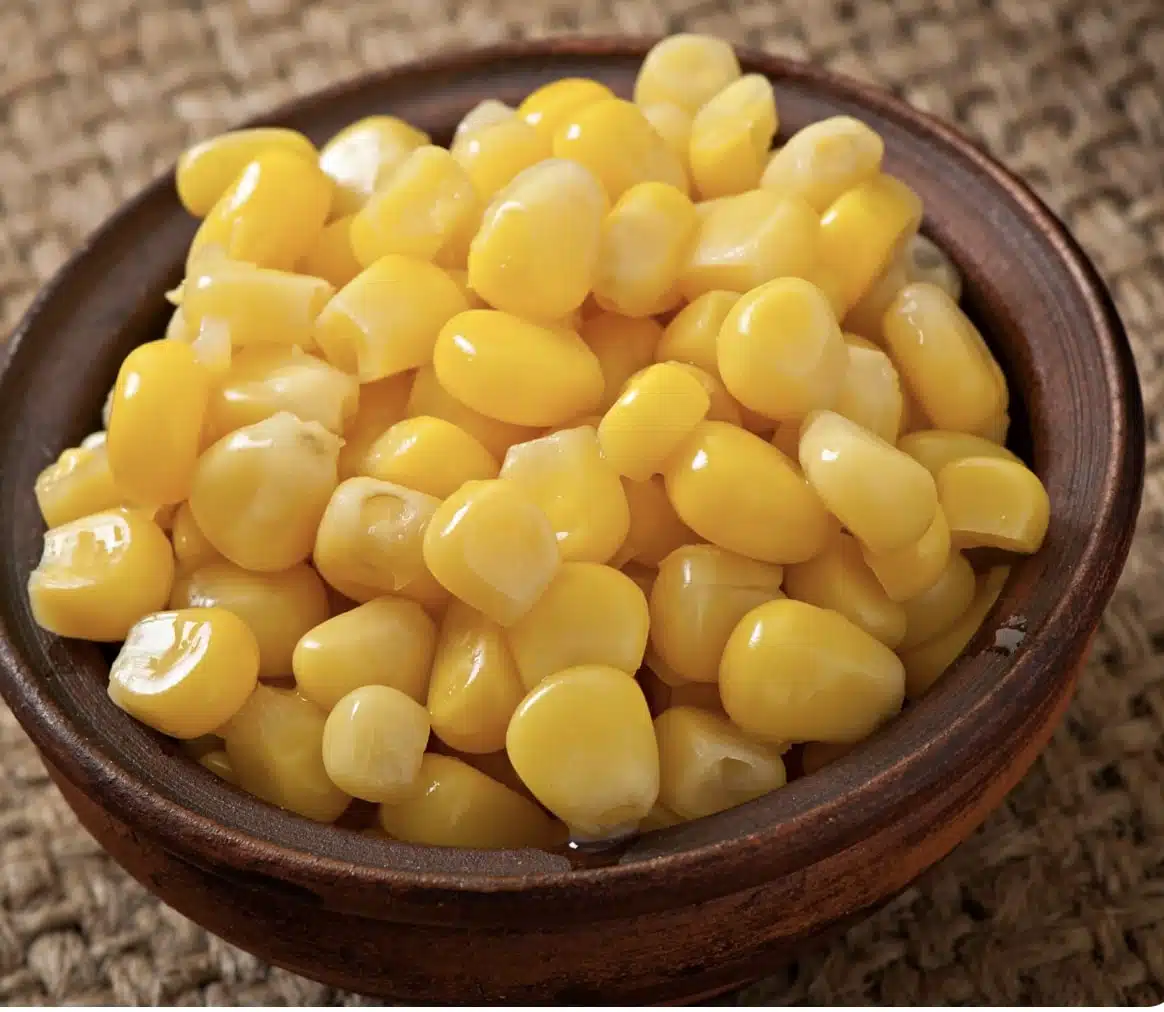
sweet corn in a bowl
Half a cup of corn has 2 grams of fibre, plus a fun texture and sweetness that kids love. It helps control blood sugar and provides steady energy through complex carbs. Corn works on the cob, in soups, tacos, salads, or even as air-popped popcorn for whole-grain benefits.
Get more amazing corn recipes here to make sure your kids get their fibre every day.
10. Oatmeal with Berries (Oats)
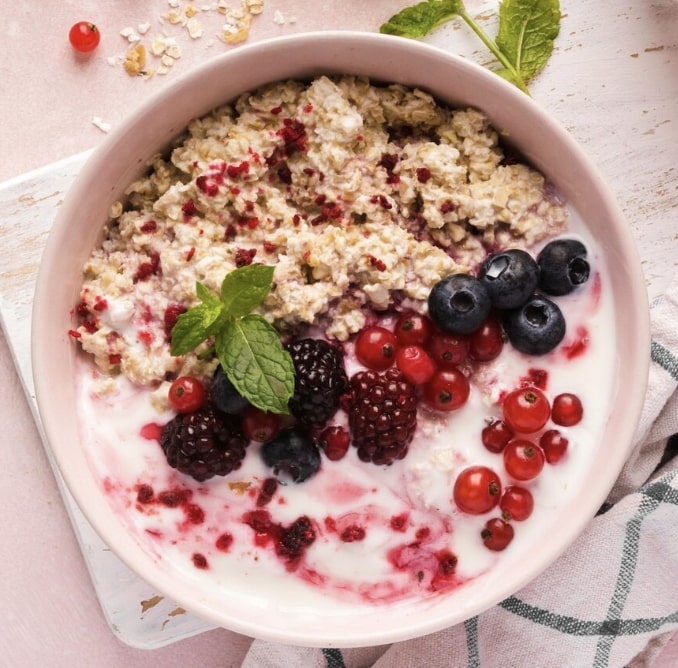
oatmeal with berries
Starting the day with this fibre-rich oat breakfast sets kids up for steady energy and good digestion all day long.
Oats provide soluble fibre that supports digestion and heart health, while berries add extra fibre, vitamins, and antioxidants. This combination keeps kids full longer than sugary cereals and balances blood sugar. It’s quick to prepare, and toppings like nuts, seeds, or cinnamon keep breakfast interesting.
11. Almonds
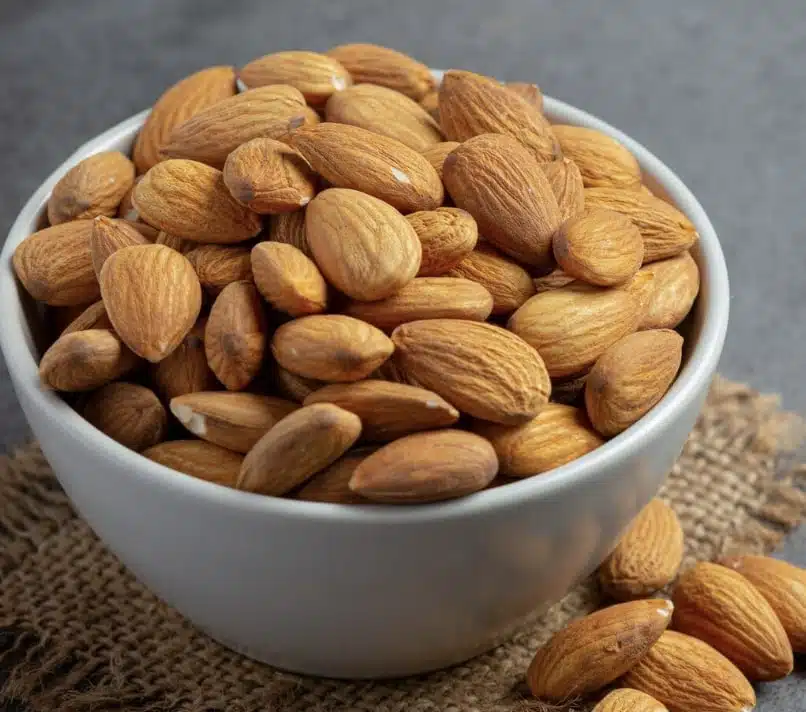
almonds in a bowl
These nutritious nuts make perfect portable snacks that deliver impressive fibre along with healthy fats and protein.
A small handful (about 23 almonds) gives nearly 6 grams of fibre, vitamin E, protein, and healthy fats for brain development. They’re perfect as portable snacks or lunchbox additions, and almond flour works in baking cookies for younger kids.
Almond butter also pairs well with toast or apple slices for toddlers.
12. Raspberries
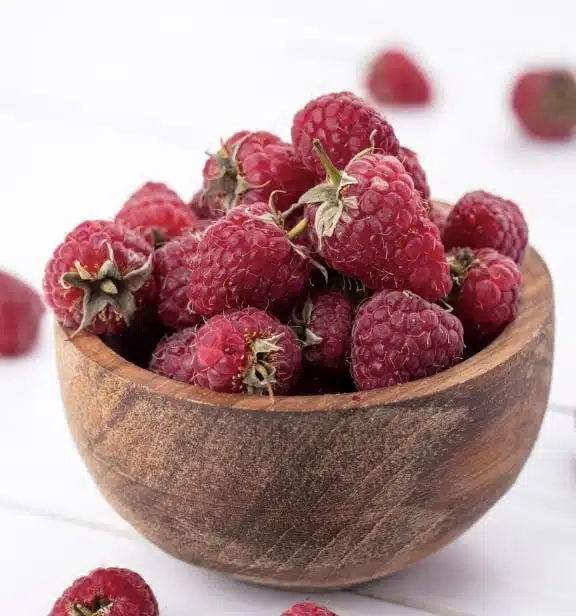
raspberries in a bowl
These colourful berries are among the highest-fibre fruits you can serve, and their sweet-tart flavour is usually a hit with kids.
One cup of raspberries offers about 8 grams of fibre, making them one of the highest-fibre fruits available. They’re also rich in antioxidants and help regulate blood sugar, preventing sudden crashes.
Their bright colour and sweet-tart flavour make them appealing fresh, frozen, in smoothies, or as sauces for pancakes.
13. Kidney Beans (Rajma)
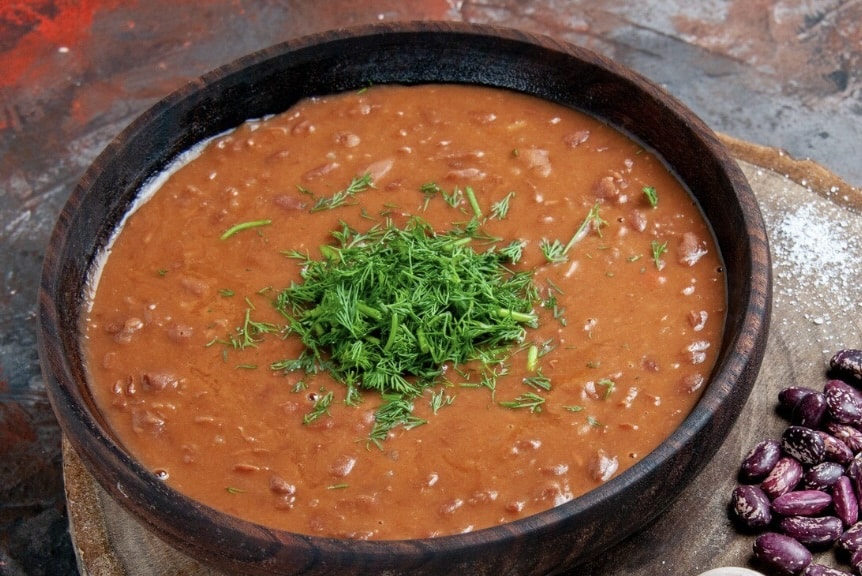
cooked rajma or kidney beans in a bowl
These protein-rich beans are already familiar in many households and offer both soluble and insoluble fibre benefits. Half a cup of cooked rajma contains about 6.5 grams of fibre, providing both soluble fibre for heart health and insoluble fibre benefits.
They’re filling, protein-rich, and familiar in Indian homes when served as rajma chawal. You can also mash them into dips, add to salads, or mix with chilli for variety.
14. Broccoli
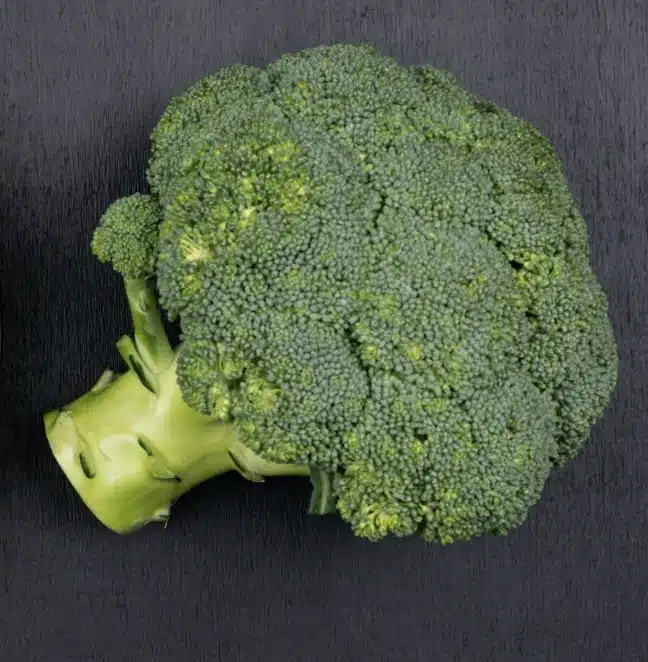
a broccoli head on the table
These “little trees” might need some creative preparation, but they’re worth the effort for their impressive nutrient profile.
One cup of broccoli delivers 5 grams of fiber plus vitamins C and K, supporting gut health and immunity. Kids often prefer it roasted with olive oil for a slightly sweet, crispy flavour. Chop small to hide in pasta sauces or mac and cheese to encourage picky eaters.
15. Brown Rice
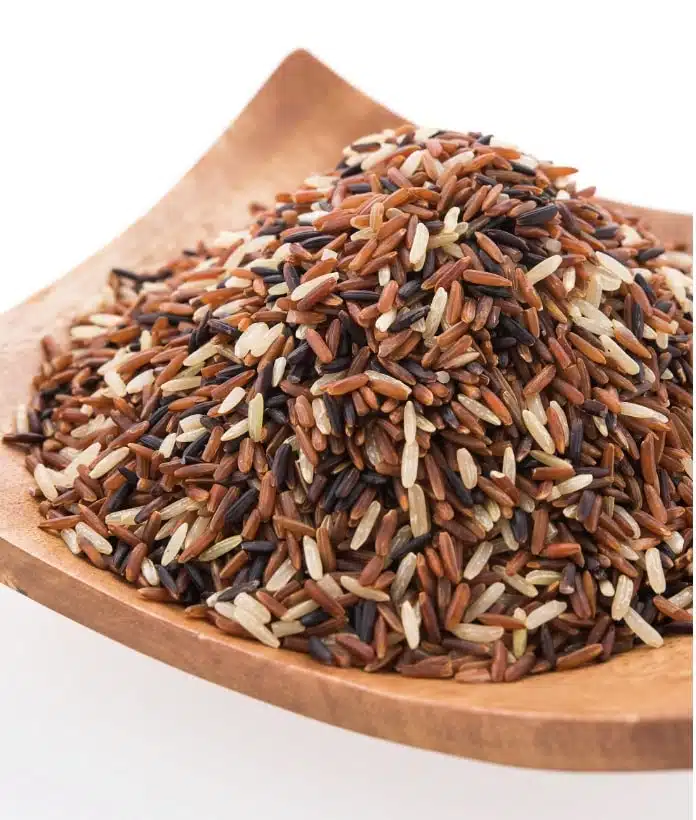
brown rice on a plate
A cup of brown rice has 3.5 grams of fibre, compared to less than 1 gram in white rice, making it a good source of fiber. It provides steadier energy, better blood sugar control, and a nutty flavour kids can learn to enjoy. Introduce gradually by mixing with white rice in dishes like pulao, or serve with curries and stir-fries.
Can be introduced gradually by mixing with white rice initially, like brown rice pulao
What Are Some Easy and Tasty Recipes to Give Natural Fiber for Kids?
Here are a few kid-approved, high-fibre recipe ideas:
1. Mini Whole-Wheat Veggie Wraps with Hummus
Use small whole-wheat tortillas, spread hummus, and add shredded carrots, cucumbers, and bell peppers. Roll them tightly and slice into pinwheels. These colourful wraps are fun finger food and packed with fibre.
2. Homemade Oatmeal Cookies with Raisins and Flaxseed
Mix rolled oats, mashed banana, raisins, and ground flaxseed for extra fibre. Shape into cookies and bake until golden. They taste like a treat but sneak in whole grains and natural sweetness.
3. Fruit and Yoghurt Parfaits with Chia Seeds
Layer yoghurt with fresh berries, chia seeds, and granola in small cups. The textures and colours make this snack exciting for kids, while chia seeds and fruit provide a fibre boost.
4. Vegetable Muffins (Zucchini, Carrot, or Pumpkin)
Bake muffins using whole-wheat flour and grated veggies like zucchini or carrot. Add mild cheese for taste. These soft, savoury muffins are perfect for lunchboxes and a clever way to sneak in vegetables.
5. Vegetable Pulao with Brown Rice
Cook brown rice with peas, carrots, beans, and light spices. The brown rice adds whole-grain fibre, while veggies keep it colourful and filling. This vegetable pulao is great for an Indian school lunchbox.
6. Rajma or Chana Masala with Whole-Wheat Roti
Make a mild kidney bean (rajma) or chickpea (chana) curry with tomatoes and spices. Pair with a whole-wheat roti. This combination is hearty, high in fibre, and kid-approved.
7. Lentil Soup (Dal)
Cook yellow or red lentils with turmeric, cumin, and a touch of ghee or oil. Serve warm in a small thermos or with rice/roti. It’s nourishing, protein-rich, and packed with fibre.
To add more fibre to an Indian school lunchbox, try giving your kid Rajma, Chana Masala or Vegetable Pulao with Brown Rice.
What Are Signs That My Child Isn’t Getting Enough Fiber?
The most common sign that your child’s fibre intake is not enough is constipation. This means the stools are hard to pass or do not come often. Some other signs can be low energy or stomach pain. If your child does not eat enough servings of fruits, vegetables, or whole grains, they may not be getting the fibre they need.
What Are The Possible Risks Of High Fiber Diet For Kids?
While the benefits of fibre are many, suddenly adding too much can cause discomfort. Here are the common risks parents should watch out for:
- Bloating or feeling overly full after meals
- Gas and stomach cramps
- Loose stools, diarrhoea, or constipation
- Abdominal discomfort discourages future fibre intake
- Worsened constipation if not paired with enough water
Is it safe to give fiber supplements to kids if they don’t eat enough fiber-rich foods?
If kids are not getting enough fibre from foods like whole wheat paratha, some parents may consider fibre supplements. While fibre supplements can help, it’s important to consult with a paediatrician before giving them to children, as whole food sources like whole wheat provide additional nutrients and health benefits compared to supplements alone.
Conclusion
Including the right amount of fibre in your child’s meals is important for their health and for fulfilling their daily fiber intake.
You can pick foods that they like and add them to snacks or meals. Make sure to give them these new foods slowly and watch how they feel, so there is no stomach upset.
When you give your child fibre-rich foods each day, you help them build good eating habits. This can last for many years.
Frequently Asked Questions
Which foods are highest in fibre?
Foods that have too much fibre include lentils, beans, chickpeas, flaxseeds, chia seeds, black beans, quinoa, oats, pears, apples, and leafy greens. Whole grains and legumes usually top the list, offering both soluble fibre and insoluble fiber kids need daily.
How do I get more fiber in my child’s diet?
Add small swaps like whole wheat bread instead of white, fruits instead of juice, and veggies blended into sauces. Offer fibre-rich snacks like popcorn, berries, or oatmeal cookies. Slowly increase intake to avoid tummy discomfort.
What is the easiest way to get healthy kids snacks?
Keep quick, fibre-packed options ready: fruit slices with nut butter, yoghurt parfaits with berries, or whole-grain crackers with cheese. Prepping snacks ahead of time makes healthier choices easy for kids and prevents reaching for processed foods.
What are some fiber-rich foods your toddler eats?
Toddlers can enjoy bananas, pears, apples, peas, lentils, oats, and whole-wheat pasta. Softly cooked veggies like carrots and sweet potatoes work well. These provide gentle fibre, support digestion, and can be mashed or blended for easier eating.
Easy meals/snacks that are high in fiber?
Whole-wheat veggie wraps, oatmeal with raisins, fruit smoothies with flaxseed, or vegetable muffins provide too much fibre. Meals like brown rice with lentils or quinoa with veggies are filling, nutritious, and easy to adapt for kids’ taste preferences.
How can I encourage my kids to eat more fiber-rich foods?
Make fibre fun. Add veggies into pasta sauces, blend fruits into smoothies, or bake with whole grains. Serve colourful plates, get kids involved in cooking, and introduce new foods slowly alongside familiar favourites to build acceptance.
What role does fiber play in a child’s digestive health?
Fibre keeps digestion smooth, prevents constipation and heart disease, maintains blood sugar levels, and supports healthy gut bacteria. It also helps regulate blood sugar and keeps kids feeling full longer. Adequate fibre in childhood builds habits that support long-term digestive and overall health.

